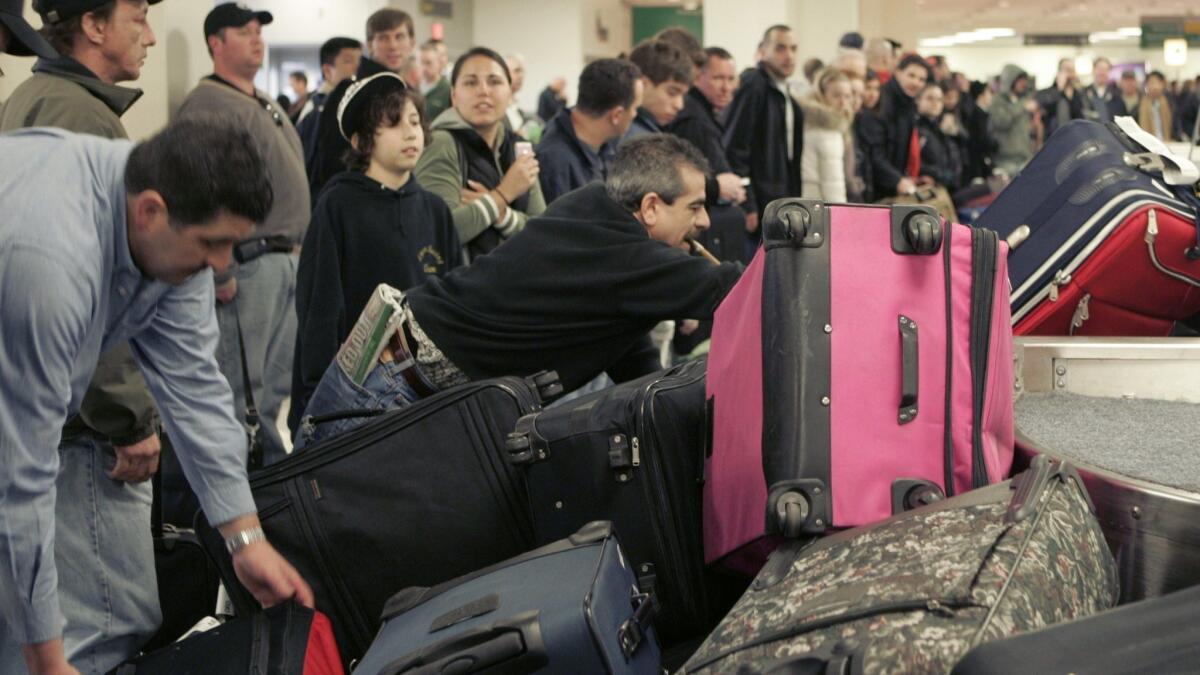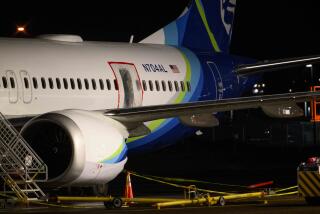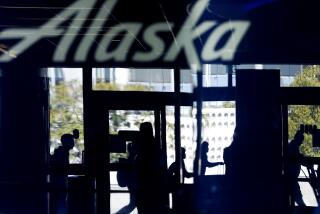A hellish summer may be in store for travelers at U.S. airports

Summer living is supposed to be easy, according to George Gershwin, but millions of air passengers during this year’s peak travel season may beg to differ, thanks to a confluence of events making airlines and airports nervous.
The U.S. carriers’ trade group, Airlines for America, estimates that a record 257.4 million people will fly from June 1 through the end of August, the 10th consecutive summer increase. Those throngs—totaling on average 2.8 million people each day—will confront two unique challenges: the possible reassignment of hundreds of aviation security personnel to the Mexican border, and the continued worldwide grounding of Boeing’s 737 Max.
Airlines are expected to be robustly profitable during the summer season, a period when heavy demand keeps fares higher and planes fuller than during other times of the year. But this year, all bets are off.
Regulators are still investigating the safety of the 737 Max following two crashes over five months that killed a total of 346 people. Three of the four largest U.S. carriers are grappling with how to cover their busy summer schedules with the loss of six dozen Boeing 737 Max aircraft. The lack of those planes — which many airlines purchased to be their new workhorse of the skies — adds further pressure to carriers and customers at a time when the air travel system traditionally operates at full throttle.
American Airlines Group Inc., Southwest Airlines Co. and United Continental Holdings Inc. have removed the Max from their schedules through August, leaving thousands of passenger flights to be covered at a time of year when virtually no seats fly empty. (Canada’s two largest airlines also have 37 Max aircraft between them.)
On Friday, United said it would cancel 2,410 flights in June and July due to the grounding as it extended its Max-free schedule to Aug. 3. Southwest, the largest Max operator with 34, has put Aug. 5 on its schedule as a place-holder for the Max’s return to the fleet; American has set Aug. 19, the date of the unofficial close of the carrier’s peak season.
American said the Max grounding is causing 115 daily flight cancellations; Southwest has about 4,000 daily flights but hasn’t detailed how many daily cancellations it sees this summer due to the troubled plane.
And there’s no telling when it will be cleared to fly again. The FAA and its regulatory counterparts from 31 nations gathered in Fort Worth last week. The consensus was that it’s too early to set any time frame on when the plane may return to commercial service.
The Department of Homeland Security, meanwhile, is mulling plans to transfer dozens of air marshals and as many as 400 airport screeners from the Transportation Security Administration to assist with ongoing southern border operations. The proposals — along with an administration plan to divert more than $230 million from the TSA to border functions — have stirred consternation among airlines, unions and airports over the collateral damage they may cause, alongside the general debate over President Trump’s immigration policies.
“As the busy summer travel begins, it couldn’t be a worse time [to] undermine important safety programs and endanger the safety, security and comfort of the traveling public,” Sara Nelson, the president of the Assn. of Flight Attendants-CWA, said last week.
The U.S. Travel Assn. has also sounded the alarm about the potential for airport chaos if too many TSA staffers volunteer to take on unspecified work at the U.S.-Mexico border.
In a letter Thursday to TSA officials, the ranking members of the Senate Committee on Commerce, Science and Transportation, Republican Roger Wicker of Mississippi and Democrat Maria Cantwell of Washington, said they have “concerns about the potential impact” such moves could hold for aviation security.
The DHS said in an emailed statement that it will seek to minimize the impact of the administration’s volunteer effort by limiting participants from airports that are already stretched thin.






